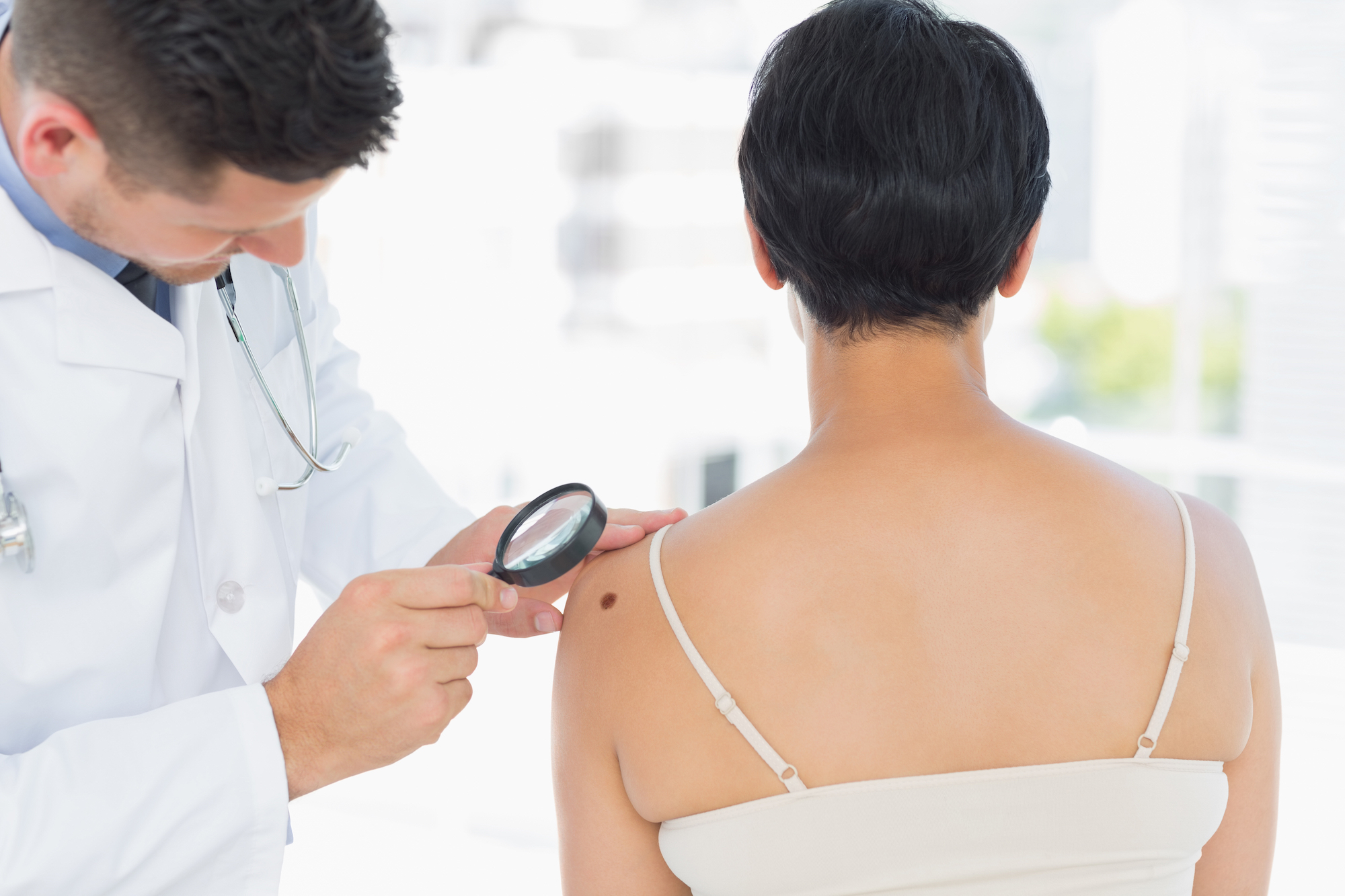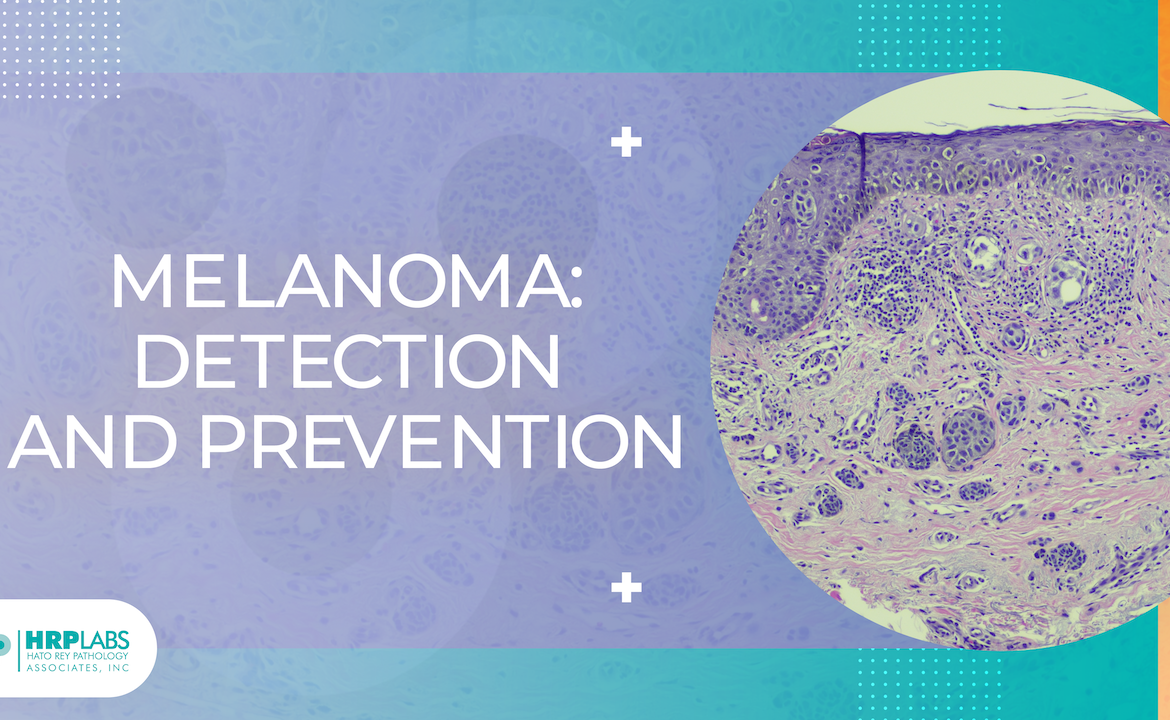
May marks national skin cancer and melanoma awareness month, an extremely important issue in places as sunny as Puerto Rico. According to the World Health Organization (WHO), melanoma incidence rates are higher in regions with greater exposure to ultraviolet (UV) radiation, which mainly affects countries in equatorial and tropical areas.
What is melanoma?
Melanoma is a type of cancer that develops in melanocytes – the cells responsible for creating pigment in our skin. Due to factors such as continued exposure to UV radiation (through either natural or artificial light) or a family history of skin conditions, these cells can begin to grow out of control and propagate. What makes melanoma one of the most dangerous skin malignancies is that even a small lesion can quickly metastasize and spread to other organs if left untreated in its early stages.
Detection
The most common sign of melanoma is the appearance of a new mole or sunspot. These can appear anywhere on the body, particularly the torso, arms, legs, neck, and head. Generally, the characteristics of a mole caused by melanoma are the following:
- It’s asymmetrical (both halves are different sizes)
- Irregular edges
- Changes color over time or has more than one color at a time
- Itching
- Produces pus or bleeds
You should contact your dermatologist as soon as possible after detecting any peculiarity in your skin. To diagnose melanoma, a skin exam is done and if any abnormality is found, a biopsy will be needed.

Prevention
Melanoma is one of the less common variations of skin cancer, yet its incidence rate continues to rise. We previously mentioned risk factors such as exposure to ultraviolet radiation, but this is not the only factor that you should consider for the sake of your health.
Some risk factors include:
- Continuous exposure to UV radiation
- Family medical history
- Living in areas with contaminants in the environment/water
- Having a weakened immune system
- Fair complexion that burns easily when exposed to the sun
Important note: Although having light-colored skin is a higher risk factor for melanoma and skin cancer in general, people with darker skin should not be neglected, as it can be more difficult to recognize skin cancer with the naked eye.
Remember to protect your skin by wearing sunscreen, a hat, and sunglasses when you are out in the sun, avoiding tanning salons, and visiting your dermatologist regularly.
At HRP Labs we have specialists in dermatopathology and we work on each test with precision and excellence, to ensure an accurate diagnosis. For appointments and information, call (787) 723-2333. Email: customerservice2@hrplabs.com.

